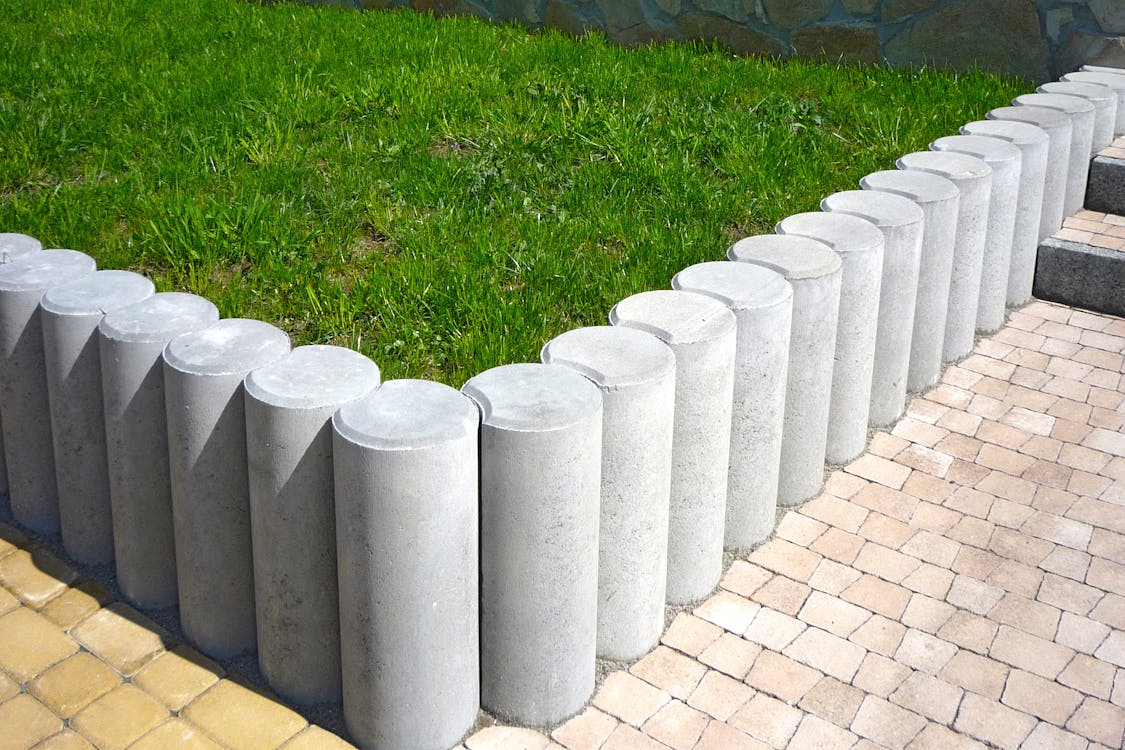How to Landscape Responsibly: Recycle Soil and More
How to Landscape Responsibly: Recycle Soil and More
Blog Article

Reconsidering the Landscape: Why Recycling in Landscaping Matters More Than Ever
Sustainable living does not stop at reusable bags and photovoltaic panels-- it extends right into our yards. Landscaping is undertaking a quiet change, where environmental consciousness and creative thinking are reshaping just how we design outside spaces. One of one of the most exciting shifts in this advancement is the growing focus on reusing products like soil, mulch, and even hardscape components. Whether you're collaborating with sprawling acreage or a small yard patch, your green thumb can now do double duty-- nurturing plants while maintaining the earth.
Green landscape design isn't practically planting native varieties and conserving water. It's also about rethinking waste. Soil, for instance, is commonly dealt with as non reusable throughout huge yard renovations or when handling building debris. But that rich, earthy source can often be repurposed-- and doing so can cut down costs, reduce landfill contributions, and develop much healthier, extra lasting lawns.
Going Into Soil Recycling: Turning "Used" Dirt into Garden Gold
Soil recycling begins by recognizing what you're collaborating with. If the dirt has been previously made use of in growing beds or building, it may be compressed or depleted of nutrients. But this does not indicate it's worthless-- it simply requires rehab.
Start by evaluating your soil. Removing particles like rocks, roots, and garbage provides you a tidy base. If it's clay-heavy or excessively sandy, blending it with garden compost or organic matter improves structure and nutrient content. This over here is where a dependable provider of landscape supplies in Windsor residents trust fund can make a difference, supplying compost, topsoil blends, and soil conditioners that invigorate tired dust.
Recycled dirt is ideal for increased beds, blossom beds, and even new grass installations. By selecting to collaborate with what you already have, you're cutting transport exhausts and decreasing the requirement for fresh mined earth. It's a subtle change, yet when multiplied across neighborhoods, its ecological influence is enormous.
Recovering the Beauty in Hardscape: Giving Old Materials New Purpose
Next time you destroy a patio area or collect a garden border, don't be so quick to toss those broken pavers or cracked bricks. Hardscape materials like stone, concrete, and brick are exceptionally sturdy-- and very multiple-use. They can become rustic bordering, charming stepping rocks, or the structure of a brand-new path.
And after that there are decorative rocks. These components do not break-- they just get relocated. Restoring river rocks, pea gravel, or crushed granite from old installations and redistributing them creatively saves cash and protects against the demand for even more quarrying. It's the sort of round economic situation that does not just benefit your backyard-- it profits ecosystems at large.
Consider this as a possibility to instill your landscape with character. Recycled elements commonly bring an aging of time, a feeling of tale. What was as soon as a part of someone else's outdoor patio could currently be a conversation-starting focal point in your drought-tolerant rock garden.
Compost, Wood, and Green Waste: Composting and Reusing with Intention
Timber chips, leaves, and yard cuttings are commonly swept up and hauled off, just to end up in municipal waste. But these materials are the best foundation for compost or compost. Rather than acquire new every period, lots of gardeners currently create their own compost from shredded branches or autumn leaves.
Self-made compost not just suppresses weeds and retains dirt moisture however additionally slowly breaks down to nourish the dirt. Gradually, this builds a healthy growing setting that's far more lasting than artificial fertilizers or imported modifications.
If you're increasing right into composting, environment-friendly waste like veggie scraps, grass cuttings, and coffee grounds can feed your dirt. This composting culture isn't simply environmentally friendly-- it's encouraging. It places control in your hands and transforms daily waste right into horticulture prize.
Creative Reuse in Outdoor Projects: Where Sustainability Meets Style
Environment-friendly landscape design is as much concerning design as it is about materials. Increased beds made from restored timber, yard seats developed from remaining rock, or retaining walls built with recovered bricks show that sustainability and appeal are not mutually special. They're buddies in contemporary landscape design.
More property owners are sourcing their materials locally through trusted Landscape Supply in Greeley, CO providers that recognize the worth of both brand-new and recycled resources. It's about finding suppliers that use high quality, toughness, and a dedication to ecologically responsible techniques. Whether you're completing a flower bed or overhauling a whole lawn, local sourcing reduces exhausts and supports regional economic situations.
There's likewise a growing area of DIY landscapers and contractors sharing concepts for repurposing materials online and via community networks. You might uncover that your neighbor's discarded lumbers are exactly what you require for a new yard bench-- or that the pile of debris you thought was waste is really the structure for your next preserving wall.
Landscape design for the Future: Small Steps, Big Impact
The path to a much more lasting landscape starts with basic choices. Recycle dirt instead of discarding it. Repurpose hardscape products instead of getting brand-new. Compost your cuttings as opposed to bagging them for garbage dump pick-up. These aren't massive modifications-- they're conscious changes. Yet their impact resonates.
By accepting recycled products and smarter sourcing, you're not simply horticulture-- you're component of a movement. A movement toward less waste, more creative thinking, and much deeper link with the land under your feet.
So the following time you're intending your yard or updating a garden feature, think twice before discarding what seems unusable. There's beauty in the reused, strength in the repurposed, and purpose in every sustainable choice you make.
Stay tuned for even more pointers and fresh landscaping concepts that aid you expand greener, smarter, and extra motivated with every period. Keep complying with along-- and let's keep developing a cleaner, extra aware exterior globe together.
Report this page